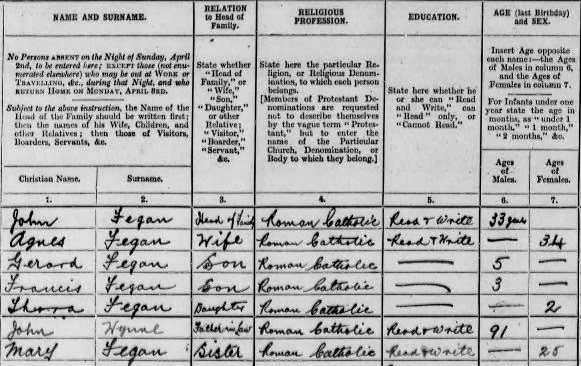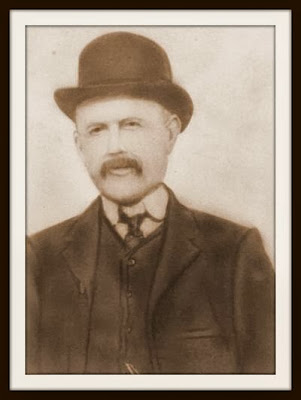Well ok, I have not traced my matrilineal ancestors back to Eve. I have only traced it back about 200 years, but without the assistance of DNA testing.
My grandmother, Annie Byrne, was born on 26 August 1910, the youngest in her family.
Her mother was Christina Devine, born on 19 December 1867, at 2 St. Laurence Place, North Strand, Dublin. Christina was the sixth child of John Devine and Maryanne Keogh. She married James Byrne, a carter, on 29 August 1897, in their local church, St. Lawrence O’Toole’s, North Strand. James and Christina had eight children, two of which died as infants. On 16 May 1947, aged seventy-nine years, Christina passed away, having had a stroke the previous month. Her husband James died the following year. Both are interred in the St. Patrick’s section of Glasnevin Cemetery, with their son Frank and their daughter Kathleen.
Christina’s mother was Maryanne Keogh. Maryanne married John Devine in September 1859, in St. Mary’s Pro-Cathedral, Dublin. They also lived in the North Strand area of Dublin city. John Devine was a labourer. He worked in the Dublin’s docks, situated close to their home. They had seven children that I know of, but three died as infants and only one, my great-grandmother, lived to old age. Maryanne died of jaundice in May 1893, aged about fifty-three years. She was buried in the Garden section of Glasnevin Cemetery, with her husband and their two daughters, Catherine and Anne.
Maryanne’s mother was Jane Crosby (Crosbie). Jane married Jeremiah Keogh on 26 April 1833, at Lucan, Co. Dublin. Jeremiah was a bricklayer. He probably died fairly young as Jane had to work in her later years. Her occupation was given as a room-keeper on her death certificate. Jeremiah had died by 1866, according to the marriage certificate of their son Thomas. Jane died of old age in March 1891, aged eighty-six years, putting her birth at about 1806. At the time of her death, she lived with her daughter, Maryanne Devine. Jane’s son Thomas Keogh organised her burial, in the Garden section of the Glasnevin Cemetery, Dublin. Jane’s origins remain obscure.
Unfortunately, Jane’s parents are not recorded on her 1833 marriage record and it is proving difficult to identify any further documentary sources that might help establish the name of Jane’s mother. For Christmas, Santa Clause brought me two DNA test packs (Family Tree DNA’s Autosomal Family Finder) and both Mam and Dad have promised to take the tests. DNA testing may be just the tool to help extend my matrilineage back in time.
Results to follow!
Update: Not yet traced back to Eve, but traced back about 20,000 years ago, to Isha.
Sources available.
Results to follow!
Update: Not yet traced back to Eve, but traced back about 20,000 years ago, to Isha.
Sources available.







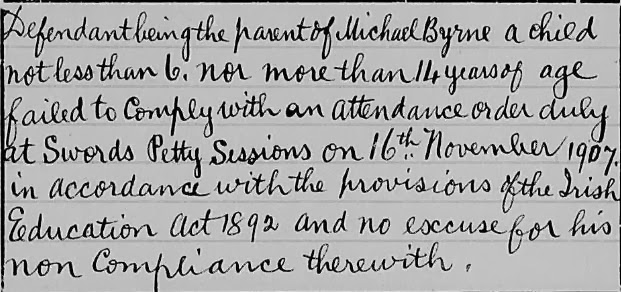
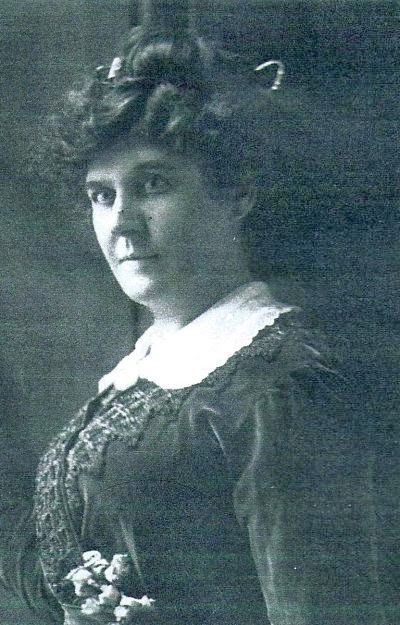





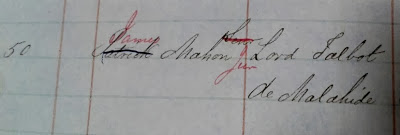


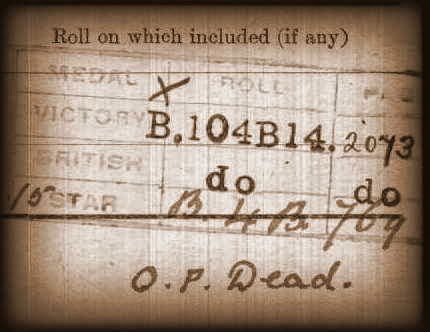
b.jpg)





